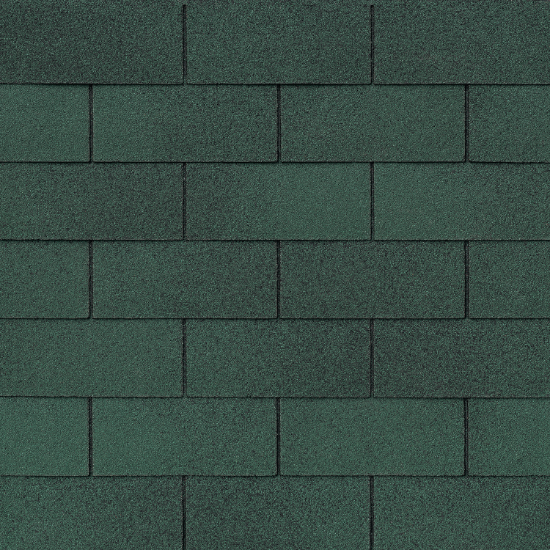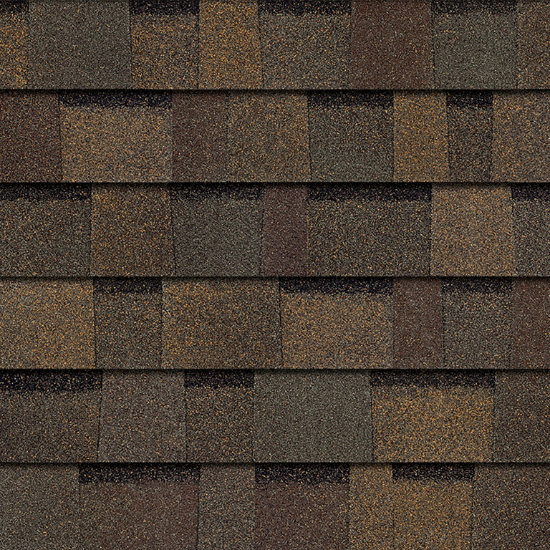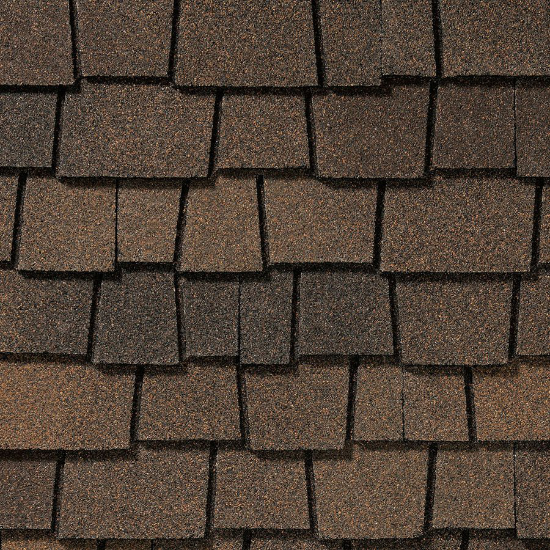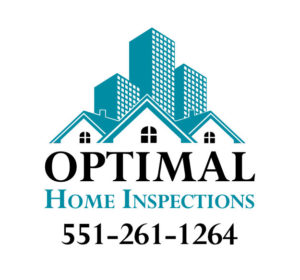Here is a quick video showing you how we perform an inspection of a gas appliance. We check pipe joints , valves and other connections in your system. In this video a gas leak was detected at the range in this home. We recommend the gas company or a licensed plumber service and repair this gas leak ASAP.
I have an old leaky house so I don’t have to worry about radon, right?
The old myth that opening windows reduces the radon in your home just won’t go away. Opening windows, leaky old houses, or any other “creative” ventilation methods don’t work and can make the situation worse.

Radon is the natural breakdown of uranium in soil, rock, and water. It is everywhere, and normally that’s OK. The problem is when it concentrates in small spaces, like your home, that’s when it’s dangerous.
How does radon get inside my home?
Radon is a gas. A gas expands to fill the space it’s in. Radon is pulled up through the ground by the air pressure in your home. No matter how leaky your house is, there will be some pressure pulling air into your home. Radon gets pulled in through cracks in your foundation, floor drains, sump pumps, and french drains and can even come from the stone or concrete that makes up your foundation.
Is radon dangerous?
YES! It is the second leading cause of lung cancer – smoking is number one. About 13% of all new cancers are lung cancer. The American Cancer Society estimates that new lung cancer cases in 2019 will be about 228,150. The chance of a man getting lung cancer in his lifetime is 1 in 15; for a woman, her chances are 1 in 17.
OK, you convinced me, but it must be expensive to test.
The starting rate for a stand-alone test is about $200. Here is how we do it:
Initial Visit
We evaluate your home to determine the best place to set up your radon test instrument. This is also an opportunity for you to ask any radon questions.
Instrument Pick Up
A pick-up is scheduled two or three days after the initial visit. This pick-up will only take a few minutes.
Laboratory Analysis
Your sample(s) are analyzed by an EPA-certified laboratory. You’ll receive your results within 5 business days (usually sooner).
Review the Results
We’ll set up some time that is convenient for you to discuss your results.
I already have a mitigation system, so I don’t need to test it! Or, it was good the last time I checked.
You need to test to make sure your system is still working and that the ground under your home hasn’t changed. That if you’ve made any alteration to your home or grounds, haven’t changed your radon situation.
I often should I test?
I recommend you test every two years. It is not a big deal or expense, and most importantly, you’ll sleep better at night.
I am selling my house. I don’t care about radon testing, and if I do have a radon problem, I won’t be able to get top dollar for my house!
First of all, radon mitigation is a good selling point for any home. Most new homes built today have radon-resistant systems built right in. The fact that you already took care of this issue is a good thing. By the way, mitigation systems are not expensive – the average is about $1200. Considering the average price for a home in New Jersey is $326,300 – the cost for mitigation is 0.37%.
A certified radon test should ease the mind of any home purchaser. Most home buyers are going to test for radon; most of the home inspections I do has a radon test included, it’s the norm. If you, as a seller, can remove this obstacle from your home buyer’s mind, you both will be better off.
There must be something in it for you. Do you work for a radon mitigation company?
We DO NOT work for or get anything from any mitigation company or contractor. We are an NJ Licensed Home Inspection company and NJ EPA Certified Radon Technician. It is not only against the law, the NJ Consumer Protections, ASHI Client Bill of Rights, but it is also totally unethical. We are unbiased, and we will always be on your side.
Schedule your radon test today
Call (551) 261-1264, Chat, or use the Book an Inspection page and select the Radon Measurement checkbox.
Additional Resources
Are “S” traps bad?
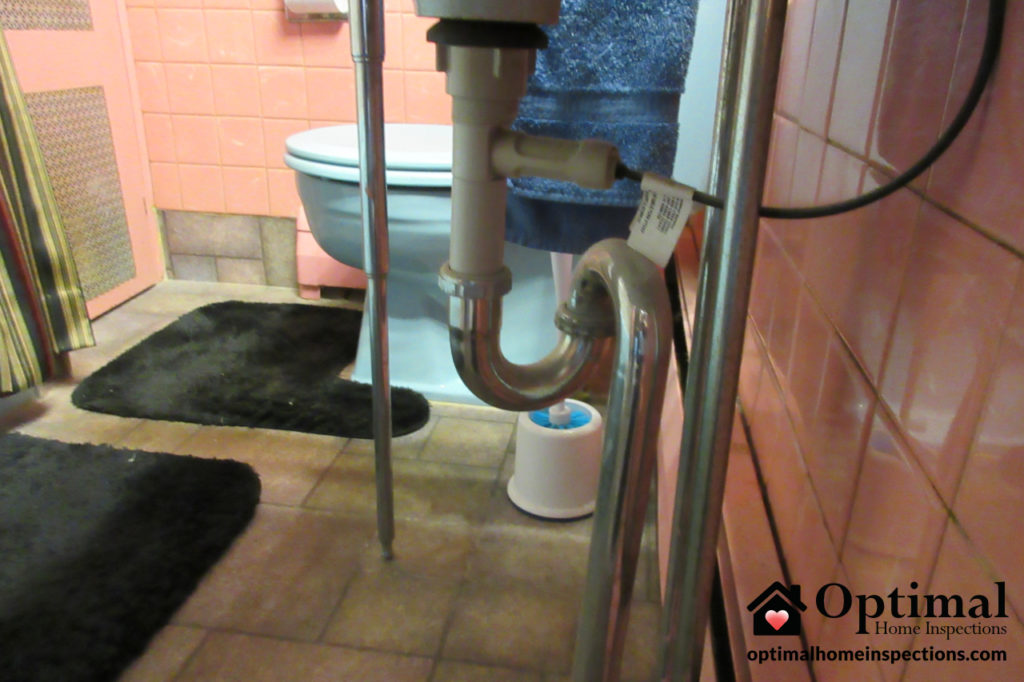
“S” traps can allow water to flow down a drain with such force that it pulls the water out of the trap resulting in a dry trap.

We want water at the bottom of the trap to keep sewer gases from escaping into our homes. This rarely looks like this with an “s”trap.
Fig 1 shows us what it should look like if we could see inside the pipe, the water is sitting at the bottom of the pipe sealing it closed. No gas can get through the water.

With a slug of water flowing through the pipe and a high rate of speed siphoning occurs. When the last bit of water rushes through the pipe it carries all the water with it.
Fig 2 shows us what the rushing water flowing through the pipe looks like. Because of the velocity caused by the second loop, we see below in Fig 3, the trap is dry. With no water in the trap, gases can escape out into our home.

With no water at the bottom of the trap to seal the opening, sewer gas can escape from the pipe and into our homes. Phew!
S traps can be fixed! Consult with your local licensed plumber and they can fix this stinky situation.
Related Resources
Asbestos?

Asbestos? This old steam pipe likely contains asbestos. This is in a house built in 1945. In 1975 the EPA banned the use of asbestos pipe insulation so any house built before then has the likelihood of having asbestos in it. The EPA says that if asbestos can be crumbled, crushed or pulverized by hand it’s hazardous. Don’t try to remove this on your own, it’s dangerous – leave it to the experts!
Fix: Consult with an asbestos remediation specialist to further evaluate.
Wet Basement?

The carry-off is disconnected from the underground drain, so it’s not directing water away from the foundation. The number one reason for a wet basement is poor drainage. Fix: Reconnect the carry-off to the underground drain.
Three Key Elements to Every Home Inspection
- Safety – the key thing we’re always on the look out for is safety. Building practices from the past didn’t consider the ways we live in homes today, we’re also a lot smarter now and know that some practices were just dangerous to begin with. For example the heights of risers and handrails on stairs that are too high or too low can trip people up and lead to a terrible fall.
- Value – homes need to be maintained to keep their value. If maintenance is delayed too much bad things begin to happen. For example paint that is allowed to chip away not only makes the home look bad but can also allow water to get into the structure and start destroying it. Water is the worst enemy of any home and once it has a foothold it will begin destroying everything in comes in contact with.
- Habitability – we deserve a comfortable home that has heat, water, electricity and that’s structurally sound. We’ll inspect all the critical systems that make it up and let you know what we find.
Optimal Home Inspections methodically reviews the Safety, Value and Habitability of every home and gives you an online report of our findings. We love homes and we want to help you make the best decisions to buy or maintain your current home. Schedule an appointment today!
Asphalt Roof: Open Valley Applications
- Apply a 36″ piece of WinterGuard™ Waterproofing Shingle Under- layment, or its equivalent, up the center of the valley. WinterGuard is applied directly to the deck. An alternative for WinterGuard is mineral-surfaced roll roofing. If shingle underlayment is used on the remainder of the roof, it should overlap the WinterGuard by 4″.
- Next, apply an 18″ – 20″ wide sheet of metal valley flashing over the WinterGuard in 8′ to 10′ lengths. Use a narrow band of roofing cement to fasten shingles that lap the metal. Preformed “W” style valleys are preferred.
CAUTION: Due to the expansion and contraction, a granular-surfaced valley liner under a metal flashing can cause abrasion to the metal from the friction. Alternatives to consider include sand or film-surfaced liners.
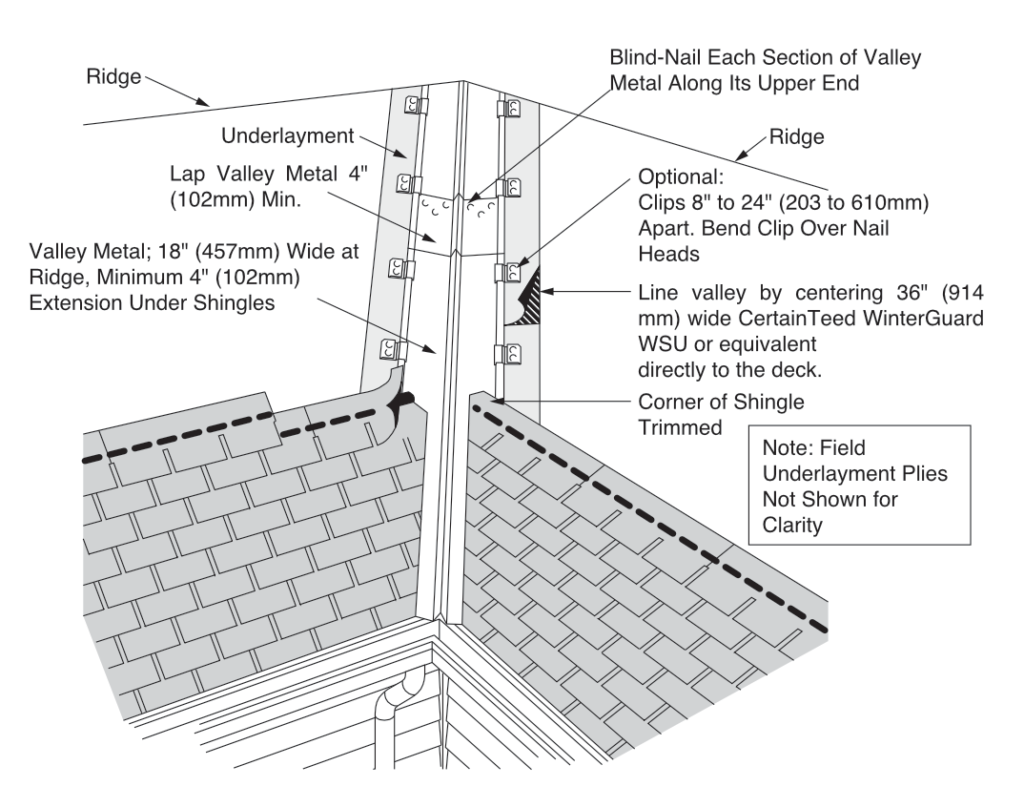
Asphalt Roof: Woven Valley Applications
The valley flashing should already be in place. Shingles on the intersecting roof surfaces may be applied toward the valley from both roof areas simultaneously or each roof area may be worked separately up to a point about 3′ from the center of the valley and the gap closed later.
Regardless of which procedure is followed, apply the first course along the eaves of one roof area up to and over the valley with the last shingle extending at least 12″ onto the intersecting roof. Then apply the first course onto the intersecting roof along the eaves and extend it across the valley over the top of the shingles already crossing the valley and at least 12″ onto the other roof surface. Apply successive valley shingles over each other as shown in (Figure 6.19). Press each shingle tightly into the valley and follow the same nailing procedure as the closed valley.
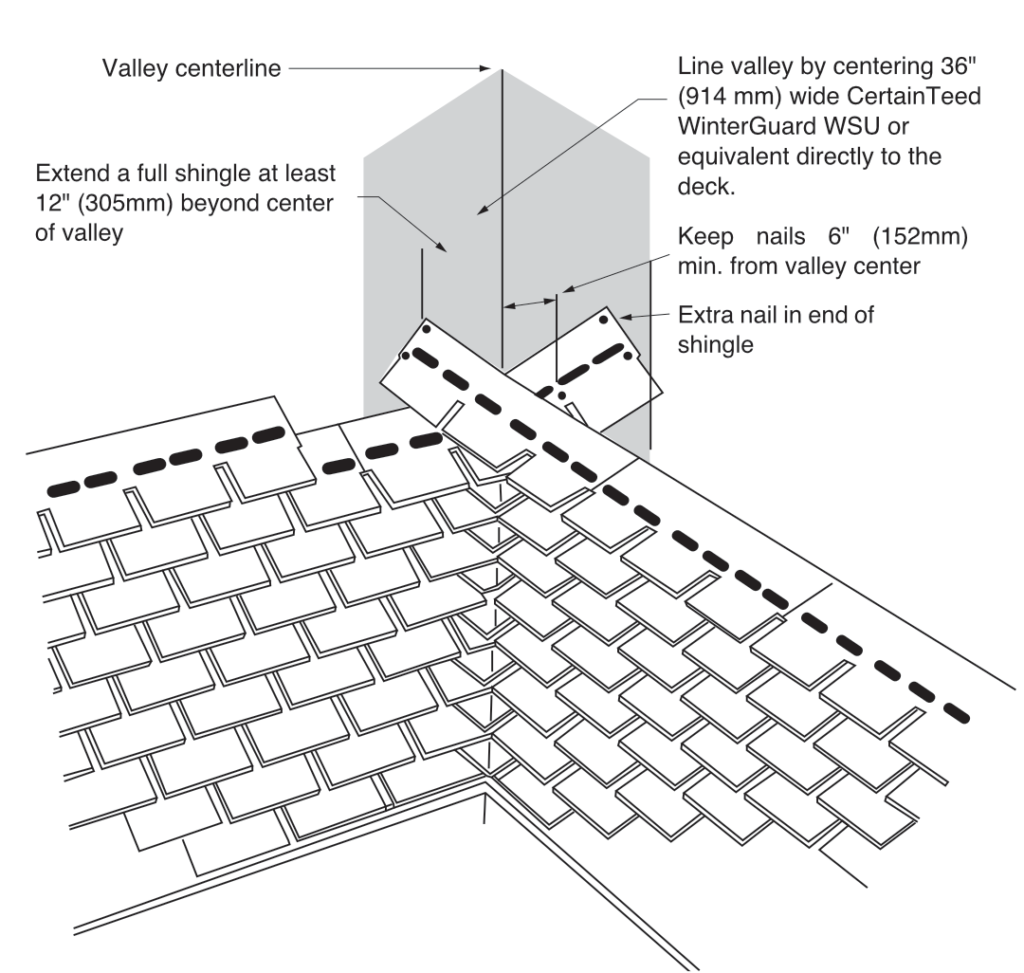
Electrical Panel Grounding and Bonding
The topic of grounding and bonding is a never ending area of confusion. The difference between a service panel and a sub panel is also muddy in many minds. Here are the basics on panels and grounding.
The Electrical Path

- The panel that’s located directly after the electric meter is the main service panel.
- Three wires come from the electric meter and go into the main panel: two live (hot) wires and one neutral.
Main Panels and Sub Panels
There are several different ways main panels are configured in homes, here it is in a nutshell.
- The main panel has a circuit breaker that controls all the power to your home, this is the Double Pole Service Disconnect, this is also called the “main.”
- The electricity from the main can be wired in one of two different ways:
- It stays within the main panel and goes to the circuit breakers that lead to each branch circuit;
- It does to a sub panel which contains circuit breakers that lead to each branch circuit.
- These two different methods are used for convenience and safety.
Neutral Bonding in Panels
The bonding in panels are done two different ways:
- Main Panel – the neutral wire is bonded (connected) to the ground wire.
- Sub Panel – the neutral wire is NOT bonded (connected) to the ground wire.
What’s the difference between bonding and grounding?
These terms are similar, confusing and often used interchangeably. Strictly speaking, a ground wire connects to the ground. Bonding means connecting things electrically together.
- Ground – a wire that goes to a metal pipe or rod that is embedded several feet into the ground.
- Bonding – connecting wires together to make one continues connection.
Bonding and Grounding is about Safety
We all are amazed at what electricity can do for us: from powering our air conditioners to keeping us cool in the summer. We should also know that if it is mishandled or its systems are installed incorrectly, becomes obsolete, or wears out, electricity can be very dangerous, in fact it can kill us!
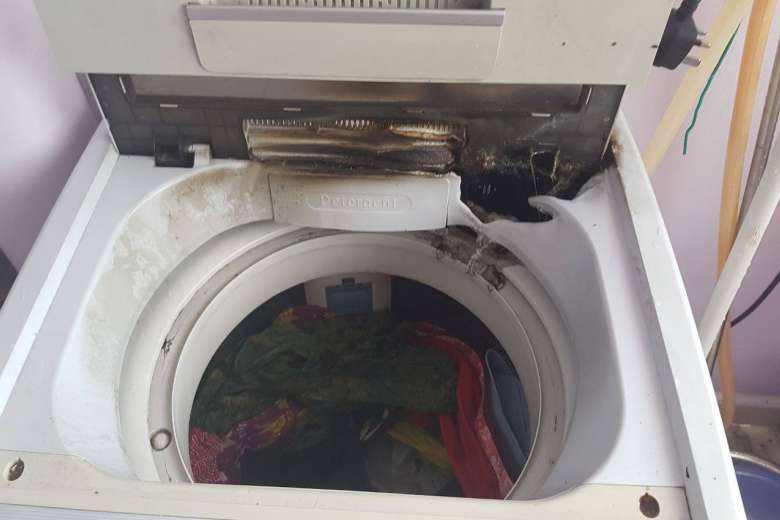
Example A wire is rubbing against the metal case of washing machine, after a few years of rubbing the insulation wears away and then touches the metal case energizing it.
If there was no grounding the washing machine would stay energized and the washer may catch fire or the next unlucky person to do the wash will be shocked .
If the washing machine was grounded, the current would flow to the ground, drawing a very high amount of power (a short circuit), which in turn trips the circuit breaker. Voilà, no power to the washing machine and you are safe.
Bonding insures that if there is any stray electricity it will be directed to the ground. If there is a break in the system then any disconnected areas will have the potential of being a shock hazard.
Home Inspection
Home Inspection is all about safety. That’s why when I inspect your electrical system I’ll be looking for anything unusual and bring it to your attention. Inspectors are generalist, not specialists, so if anything looks out of the ordinary I’ll recommend a specialist take a look – a licenced electrician.
Resource Links
The Life Cycle of a Roof
A roof is a big investment and we expect it to have a long life. Like all things in this world, roofs do not last forever, they will age, wear out, and then need to be replaced. In this post I will explain the life cycle of a typical asphalt roof that most homeowners in New Jersey have. First how to identify the style of shingle you have.
Three Styles
Life Cycle
The moment the roof is installed it begins to age. Normal aging consists of:
- Heat of the sun
- Ultraviolet radiation
- Moisture
- Pollution
- Physical damage (walking on it, hail, tree limbs, etc.)
- Thermal shock
Installation issues:
- Improper installation
- Poor ventilation
What’s normal aging?
- Slight granular lose
- Curling
- Algae discoloration
What’s beyond normal aging?
- Opened blisters
- Cracking
- Bald spots – exposed asphalt
End of life
Once the roof shows signs of opened blisters, cracking, bald spots, excessive curling, and other aging issues it will be time to replace the roof. If your roof is leaking does it means it’s time to replace it? Not necessarily, other reasons such as a mechanical or flashing issue can be the culprit. We recommend that if you have a leak or think your roof needs replacement, you consult with a qualified roofing contractor.

